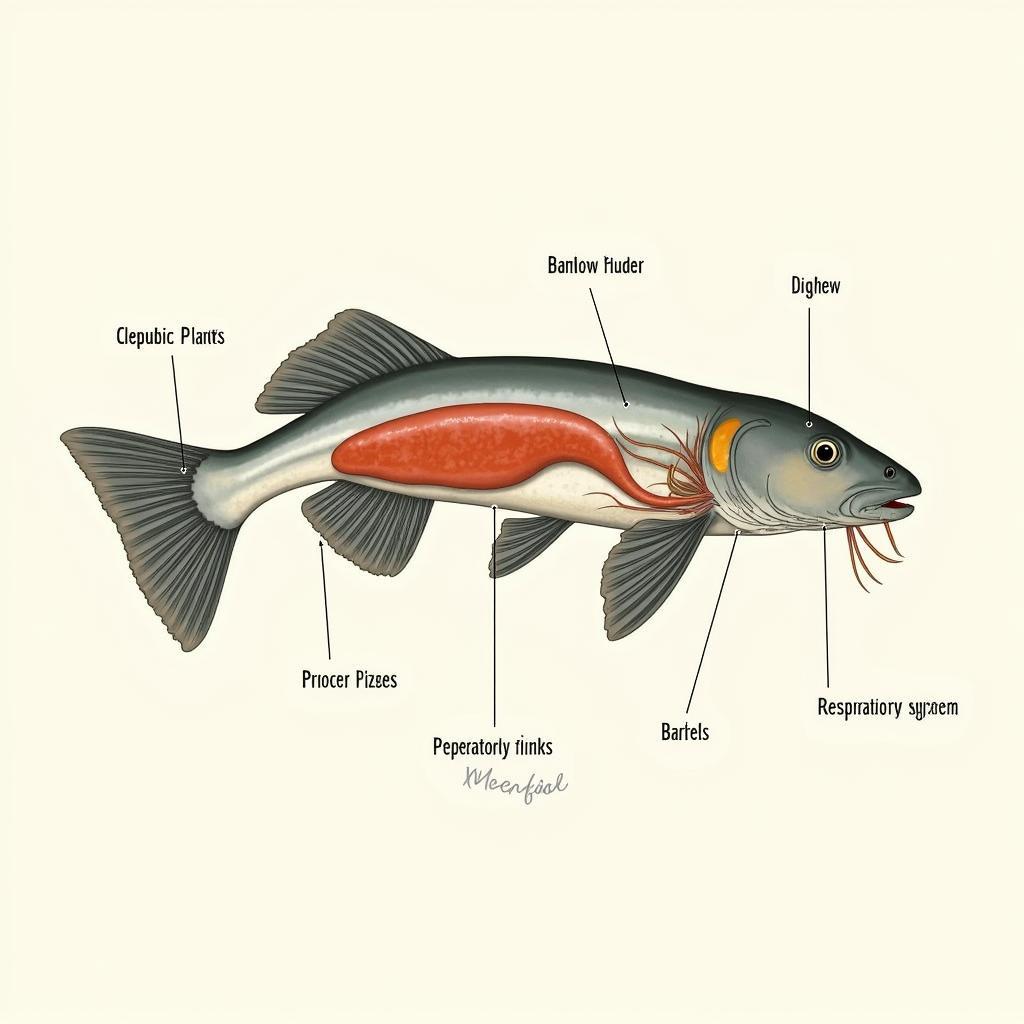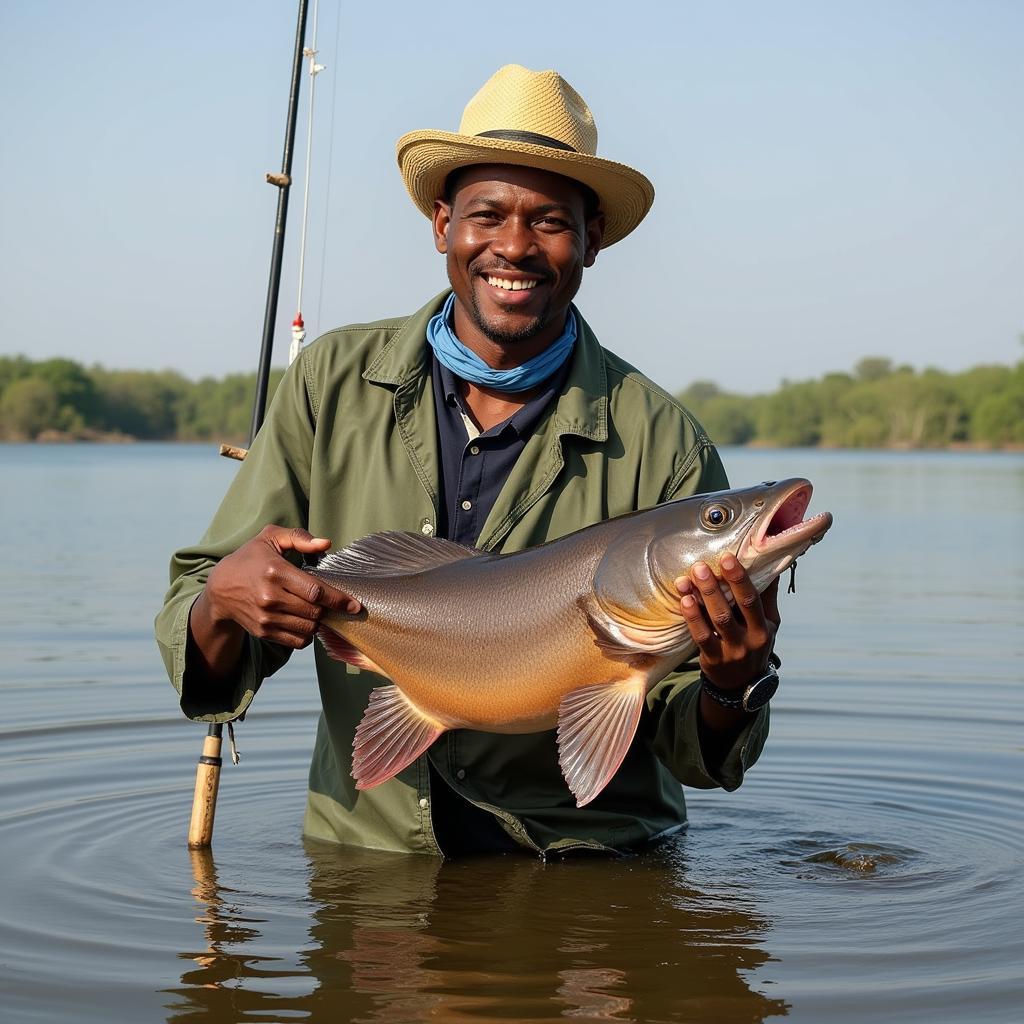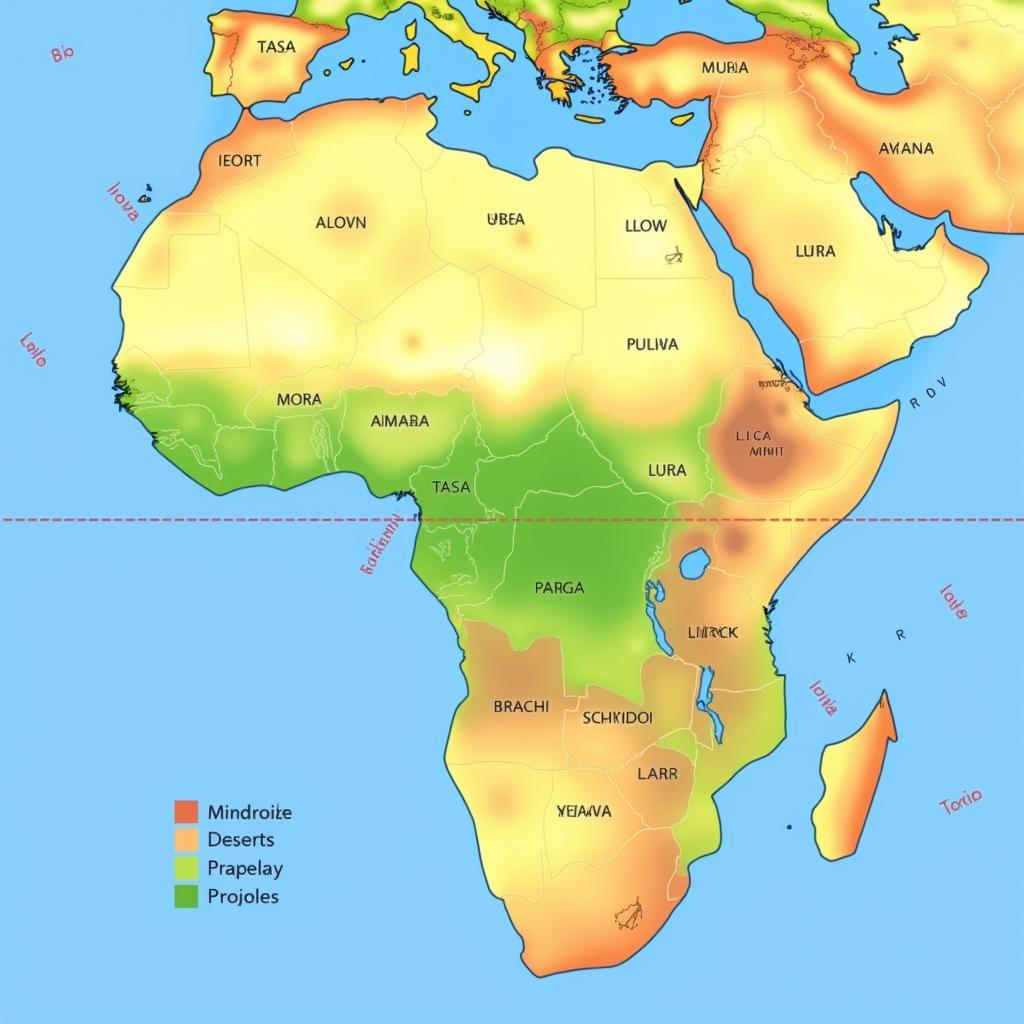African Catfish Walking: Easiest Meal? Not So Fast!
The African catfish walking: it’s a phrase that’s sparked curiosity and confusion alike. Images come to mind of a fish strolling out of water, ready for the frying pan. But is this “easiest meal” all it’s cracked up to be? Let’s dive into the fascinating world of the African catfish and uncover the truth behind its walking reputation.
Separating Myth from Reality: Can African Catfish Actually Walk?
The short answer is: not quite. While these fish can’t magically sprout legs and go for a stroll, they can move surprisingly well on land. They use their strong pectoral fins and a wriggling motion to “walk” short distances, usually between bodies of water.
This ability is essential for their survival in their natural habitats, which often include shallow, drought-prone waters in Africa. When the water recedes, the African catfish can “walk” overland to find a new home, giving them a survival edge in harsh conditions.
More Than Just a “Walking Fish”: Unveiling the African Catfish
 African Catfish Anatomy
African Catfish Anatomy
The African catfish, scientifically known as Clarias gariepinus, is a hardy and adaptable species. Here’s a closer look at what makes them unique:
- Air-Breathing Abilities: These catfish possess a specialized respiratory organ that allows them to breathe air directly. This means they can survive out of water for extended periods, as long as they stay moist.
- Sensory Barbels: Those whisker-like appendages around their mouths aren’t just for show. These barbels are highly sensitive, helping the catfish navigate, locate food, and even communicate in murky water.
- Opportunistic Diet: African catfish are omnivores with a wide-ranging palate. They’ll eat anything from insects and small fish to plant matter and even detritus. This adaptability makes them successful in diverse environments.
The “Easiest Meal”? Not So Fast! Challenges of Catching African Catfish
 African Fisherman and Catfish
African Fisherman and Catfish
The African catfish’s ability to thrive in challenging environments and its “walking” reputation might make it seem like an easy catch. However, these fish are far from helpless. Their strength, agility, and ability to survive out of water for a time can make them a challenging adversary, even for experienced anglers.
Traditional fishing methods often involve nets, baskets, or even hand-gathering, requiring knowledge of the catfish’s behavior and habitat. While their ability to breathe air might seem like a disadvantage, it allows them to stay submerged for long periods, making them difficult to catch with traditional hook and line methods.
The African Catfish: A Cultural and Culinary Icon
Beyond the hype of the “walking fish,” the African catfish holds a significant place in many African cultures. It’s a vital source of protein and a staple food in many regions.
From smoky grilled catfish in Nigeria to spicy stews in East Africa, the culinary traditions surrounding this fish are as diverse as the continent itself. The African catfish is more than just a meal; it’s a symbol of resilience, resourcefulness, and the rich tapestry of African cuisine.



